Anycubic Kobra 2 Neo filament sensor upgrade
In the last few days, I have been looking for a 3D Printer to bring some of my inventions to life. After reading and comparing, I went for an Anycubic Kobra 2 Neo. It is a great...
Filter by Category
Filter by Author
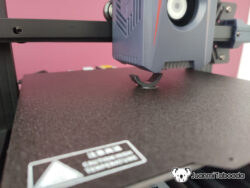
In the last few days, I have been looking for a 3D Printer to bring some of my inventions to life. After reading and comparing, I went for an Anycubic Kobra 2 Neo. It is a great...
Posted by Juanmi Taboada
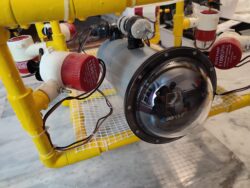
This post contains the conclusions of the Alioli ROV Submarine Drone and shows images and videos of it in the water. I wrote it as a diary so anybody can understand that Alioli...
Posted by Juanmi Taboada
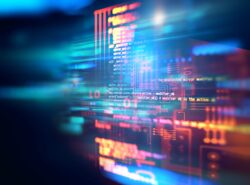
In this post, I describe how my own Arduino Framework for Alioli ROV Submarine Drone works. In my last post about Alioli ROV Submarine Drone, I wrote, “Learn how to Build an...
Posted by Juanmi Taboada
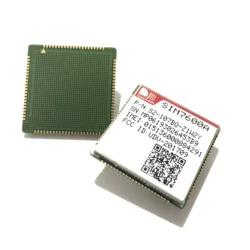
Here is how to make a SIMCOM 7600 module work on an Arduino board (Uno, Mega 2560, Leonardo, Due, Micro, Zero, Nano, Pico), ESP8266, ESP32, Raspberry Pi Pico, MicroPython, or any...
Posted by Juanmi Taboada
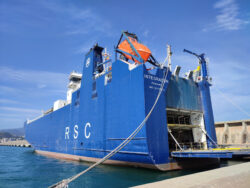
I will tell you about my experience repairing a cargo ship as a naval Engineer. Some months ago, you could read in the local newspaper Málaga Hoy that a large cargo ship was...
Posted by Juanmi Taboada
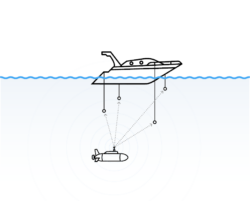
During our operations, very often, we use a Waterlinked Underwater GPS. This helps us to keep track in 3D of our movements and link video recording’s timing and telemetry to...
Posted by Juanmi Taboada

I have experimented very much with photogrammetry and got exciting results. This article talks about this experience. These experiments were done together with Andalú Sea and my...
Posted by Juanmi Taboada
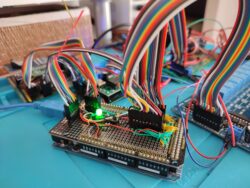
In my last post, “Alioli ROV Boards“, I described most of the hardware I use to build Alioli ROV and how I plan to use it. In this post, I show how the UAV submarine...
Posted by Juanmi Taboada

In my last post, “Get your hardware for Arduino Underwater ROV”, I described most of the hardware I use to build Alioli ROV and how I plan to use it. In this post, I...
Posted by Juanmi Taboada

In my last post, “Finishing the frame for an Underwater ROV”, I gave all details about the design I used to build the frame for Alioli Underwater ROV. In this post, I...
Posted by Juanmi Taboada
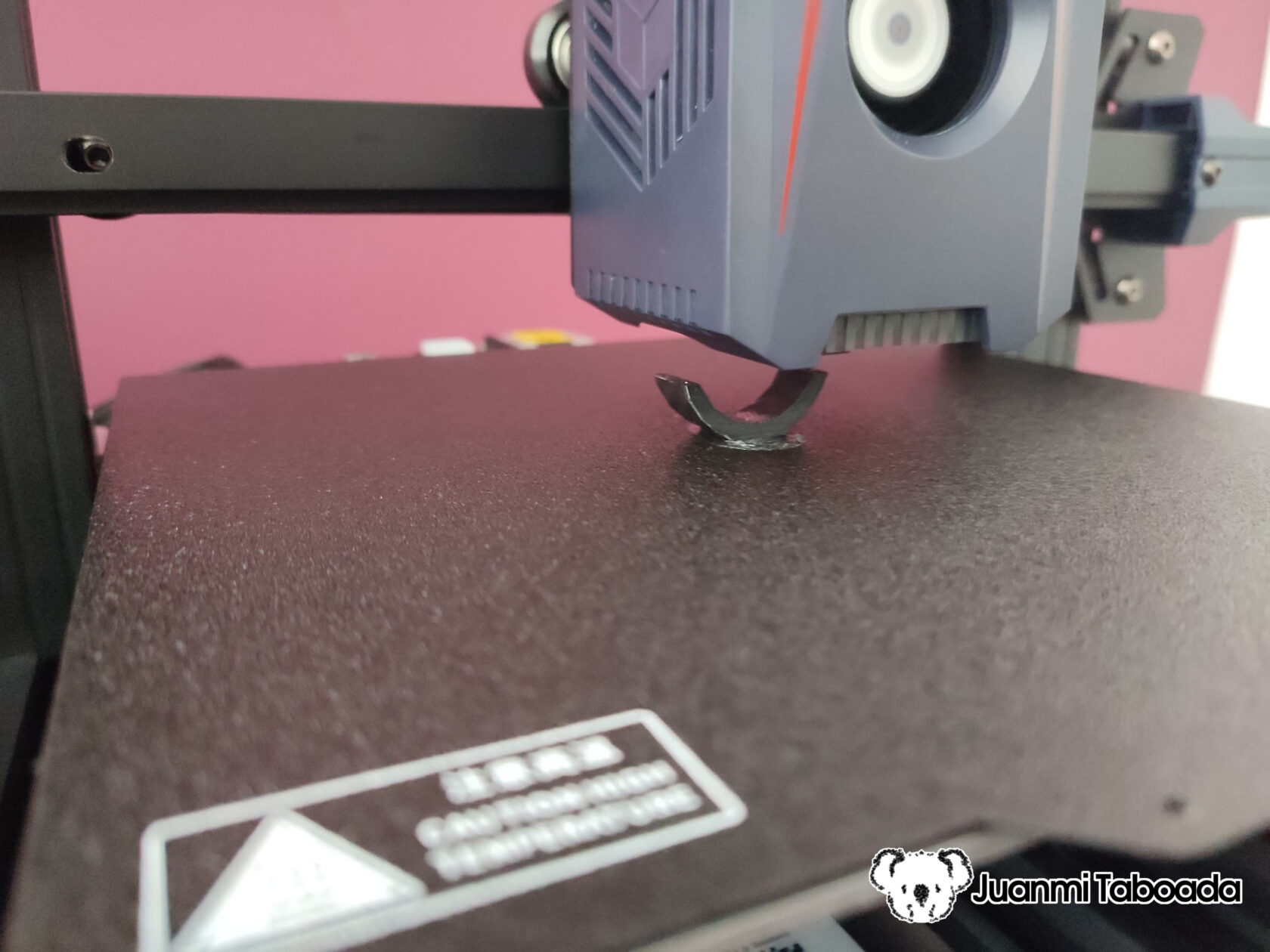
In the last few days, I have been looking for a 3D Printer to bring some of my inventions to life. After reading and comparing, I went for an Anycubic Kobra 2 Neo. It is a great 3D Printer; until today, it has done everything I need to print smoothly.
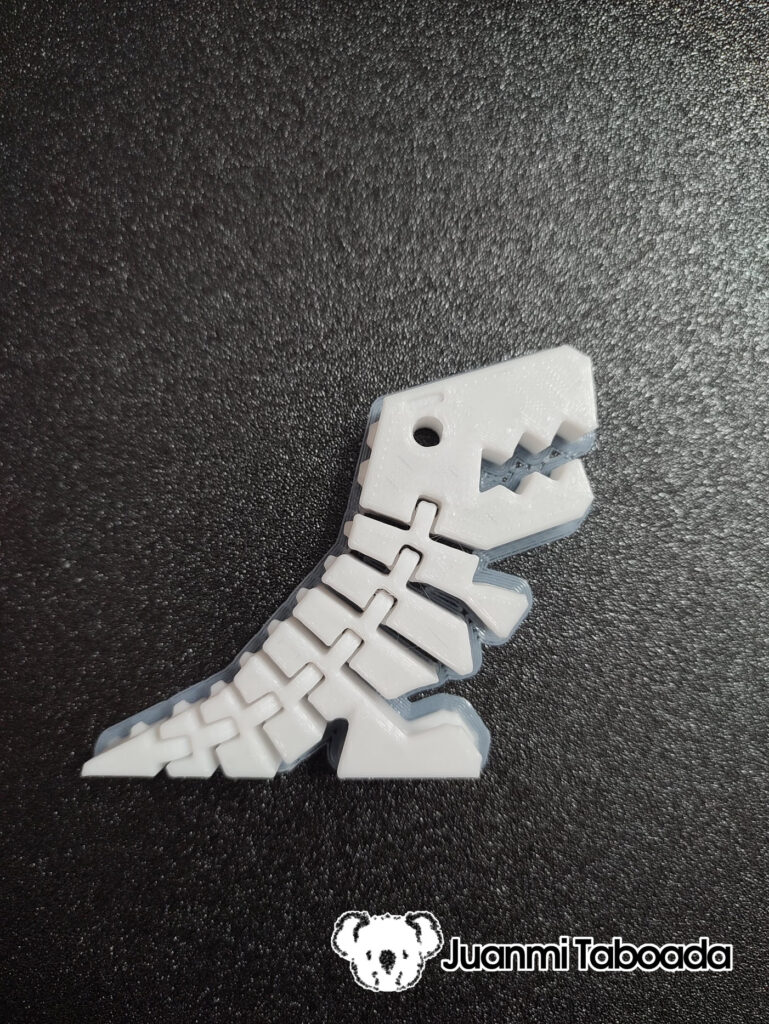
I have built some technical parts for my inventions thanks to this printer. An example of it was a mounting bracket for a turbidity sensor (click on the link to download the model):
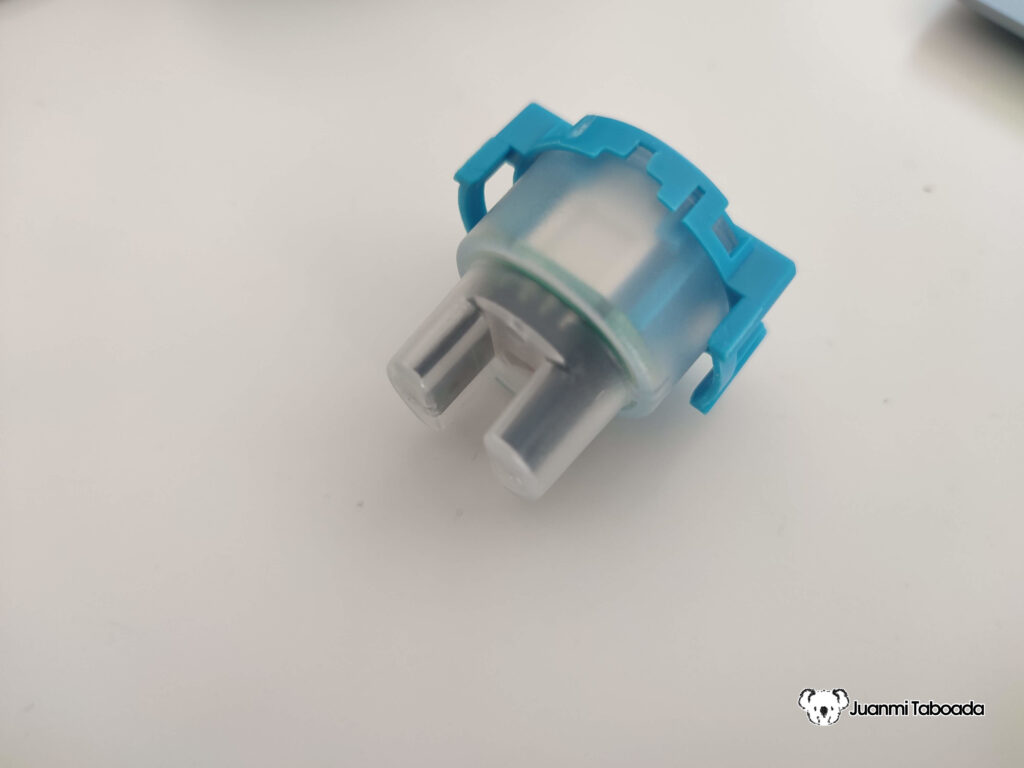
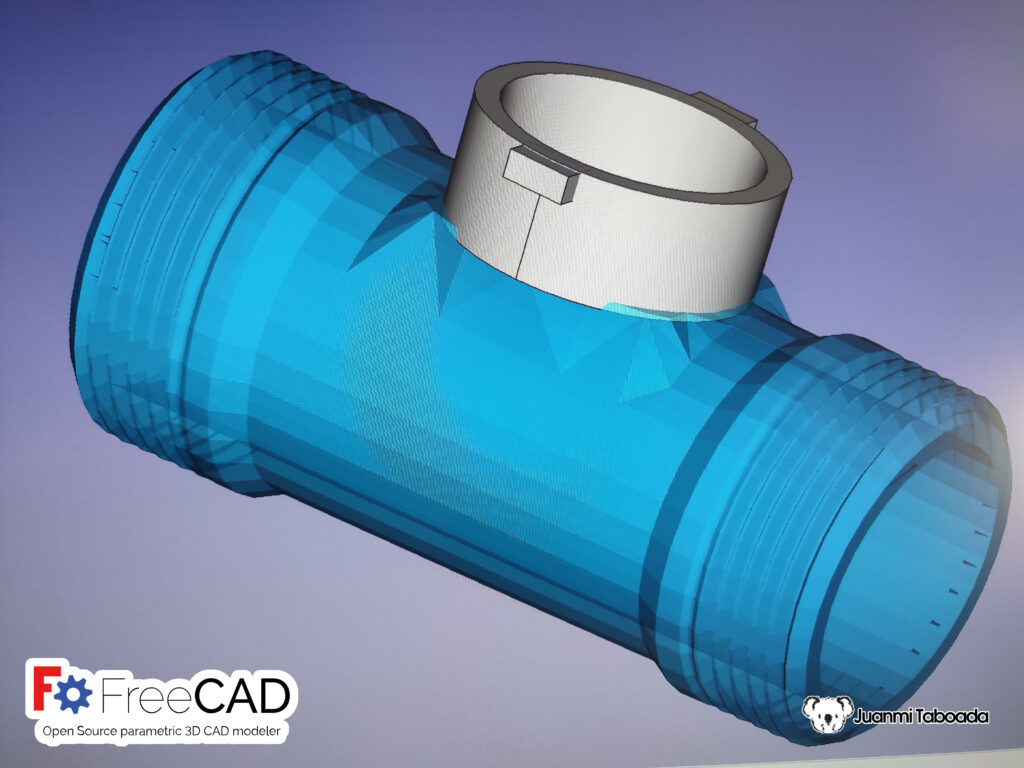
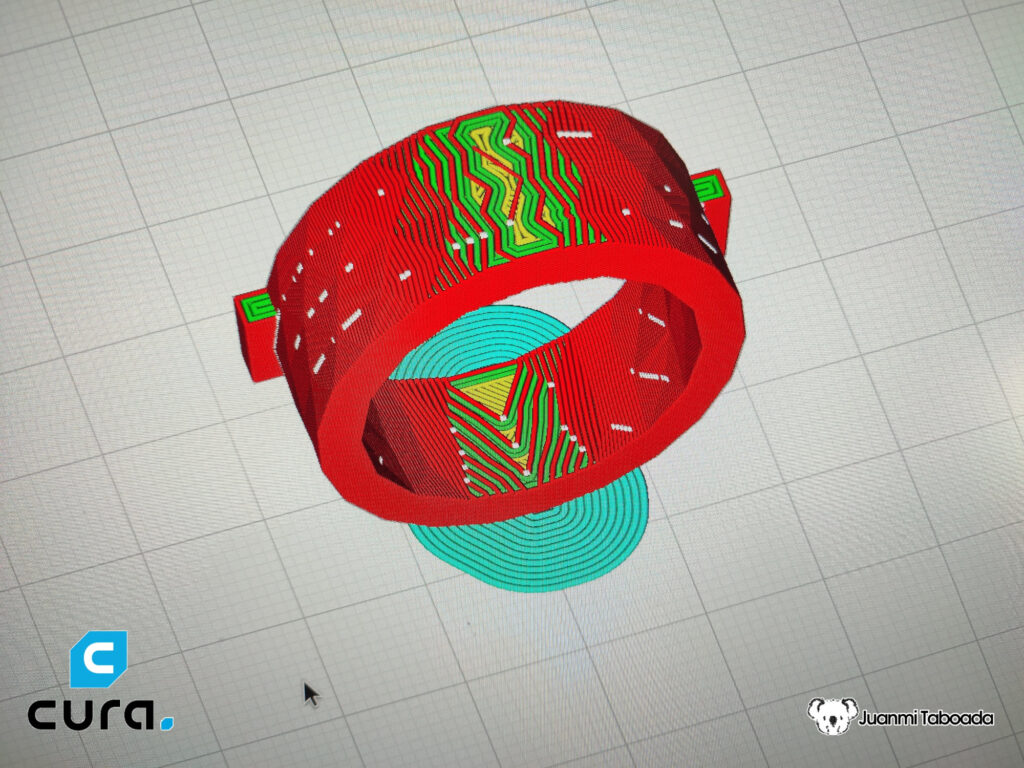
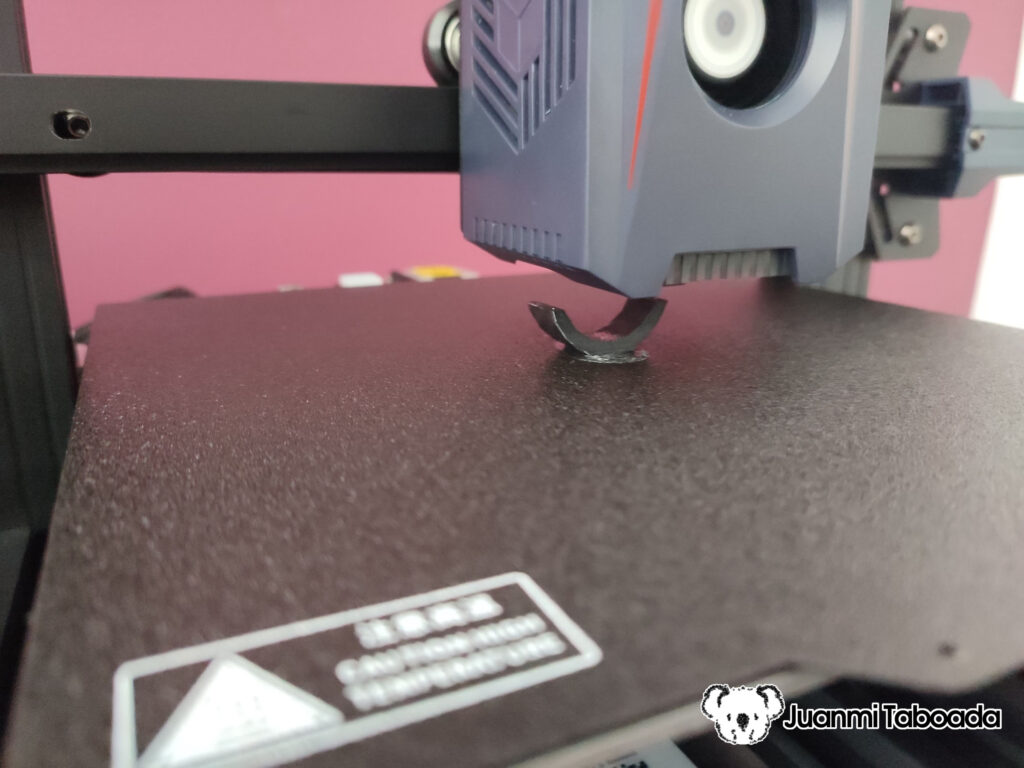
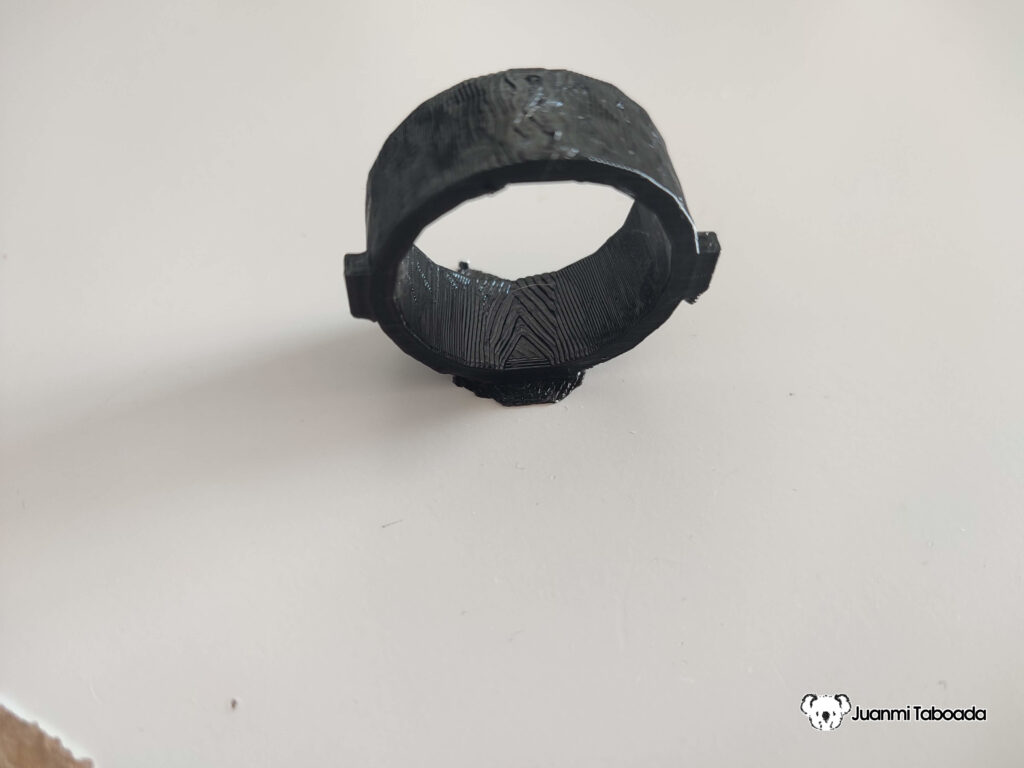
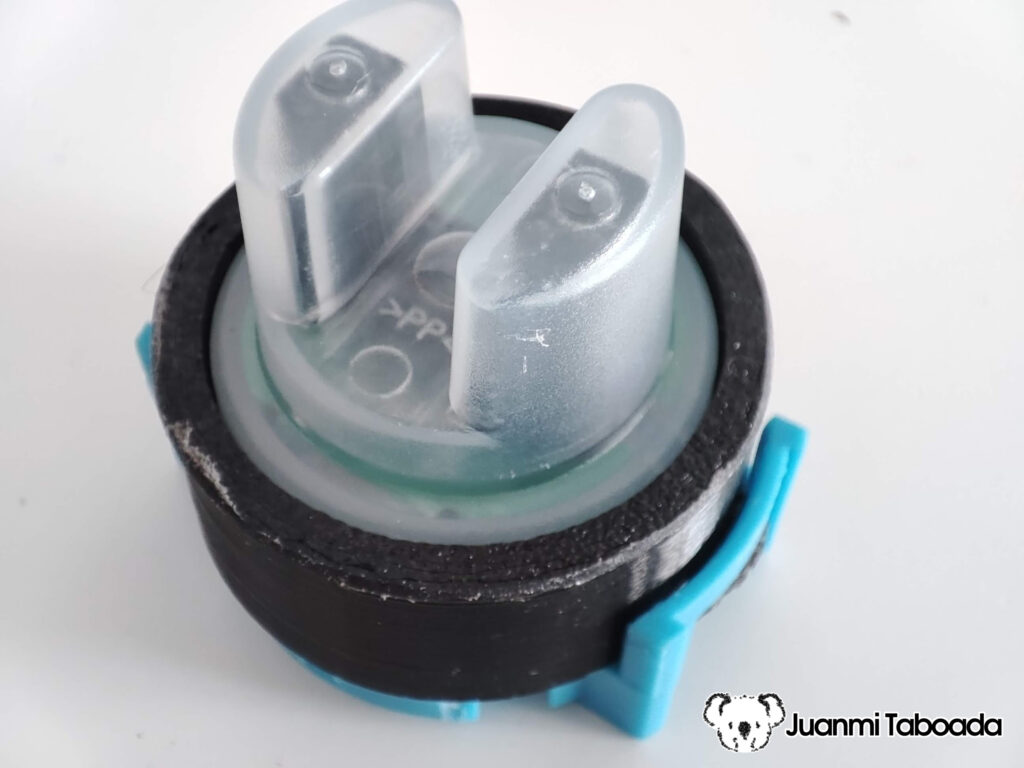
Today, I decided to upgrade it with a filament sensor. This post is about how to do it with a cheap filament sensor and avoid getting stuck. The sensor looks like this:
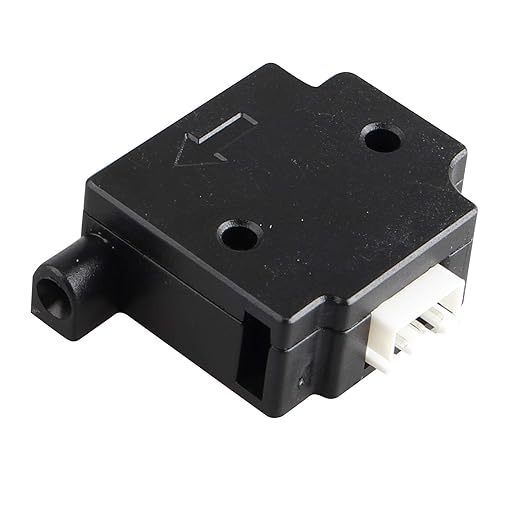
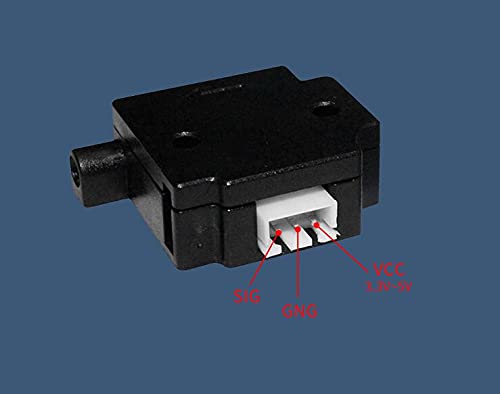
The first thing that you have to know is how it works:
The printer has an unused cable labelled “E”. This is the filament sensor cable for the motherboard, so there is no need to open the printer. The first thing we will do is to change the pin in the centre to the side. Watch the photos closely. You can pull the pin out by pushing the metal with a sharp object. Then, plug it again in the right place (4). Follow me in the process:
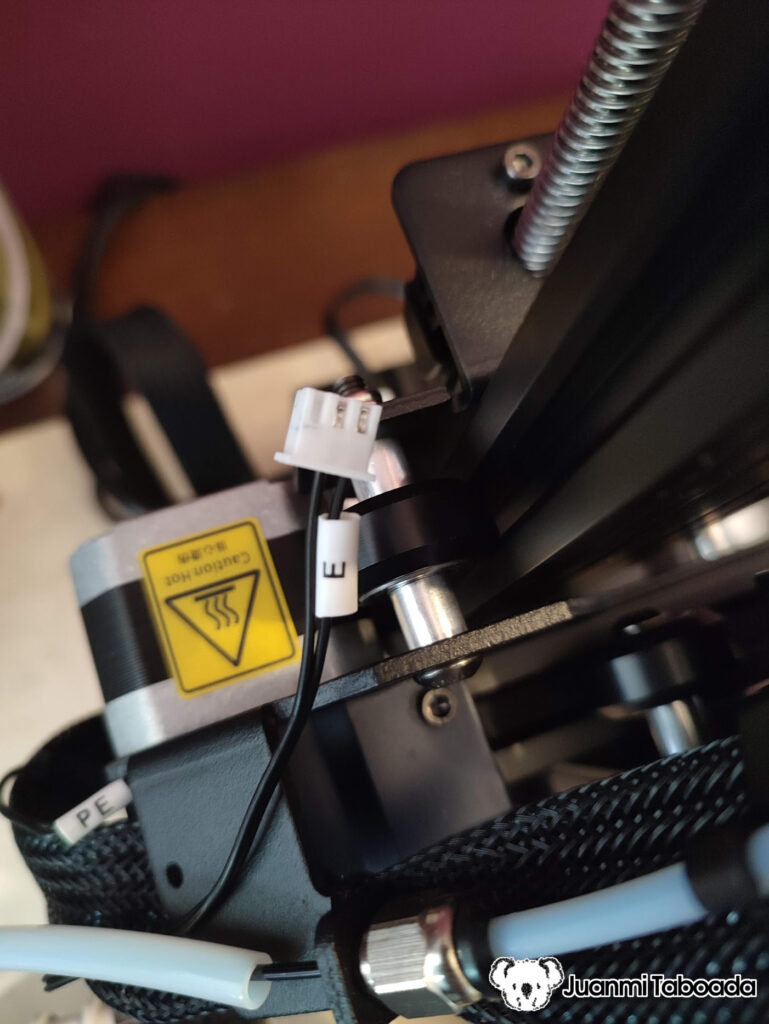
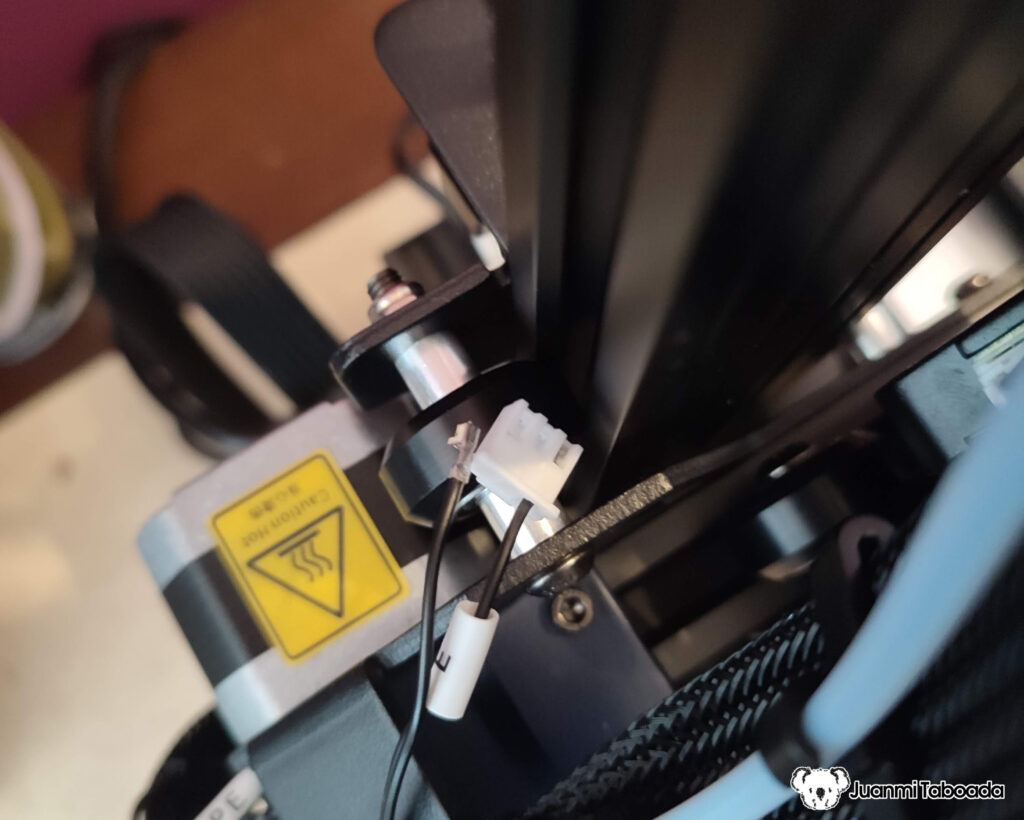
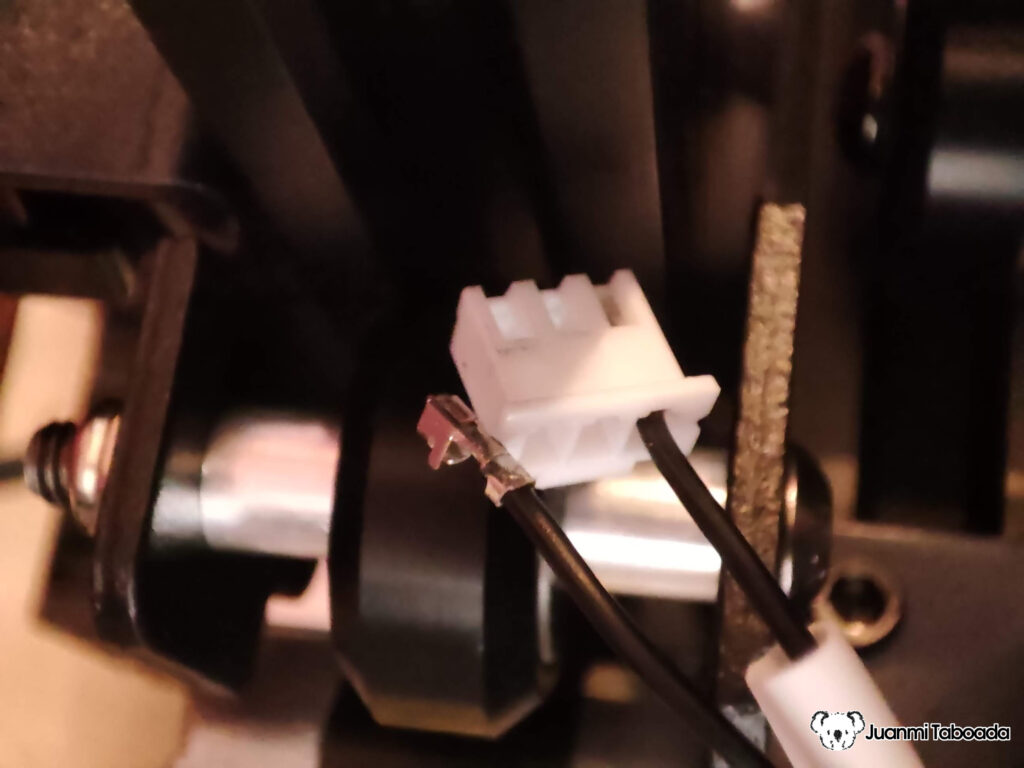
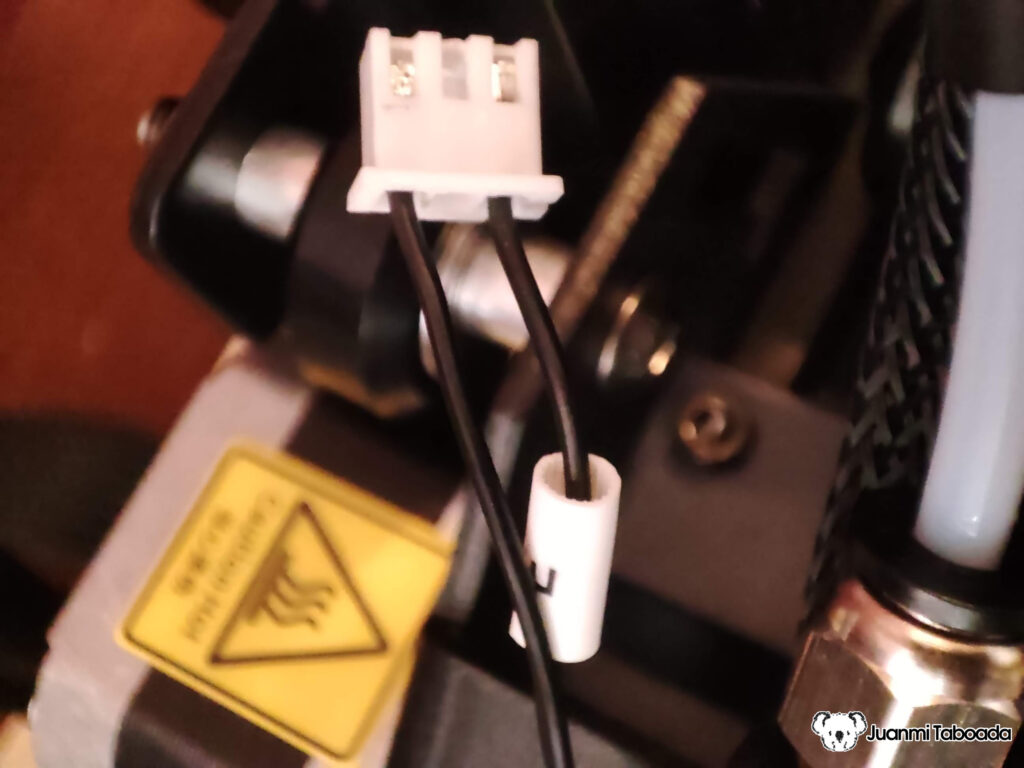
I also modified the filament sensor box to attach it firmly to the printer. The most important step was to cut the piece of plastic (1) that was not used either by the circuit or by the cover and drill a hole (2) exactly in that place. I decided to use a screw made of nylon so I could shape it easily, and later, if I wanted to remove it, I could cut it. Follow me in the process:
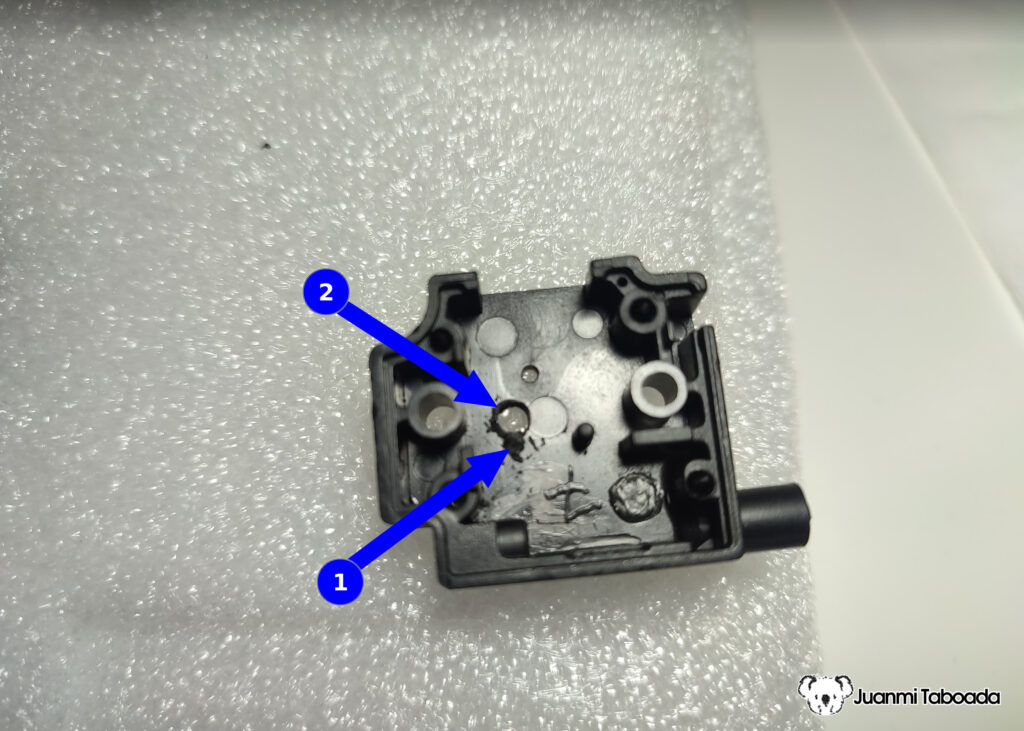
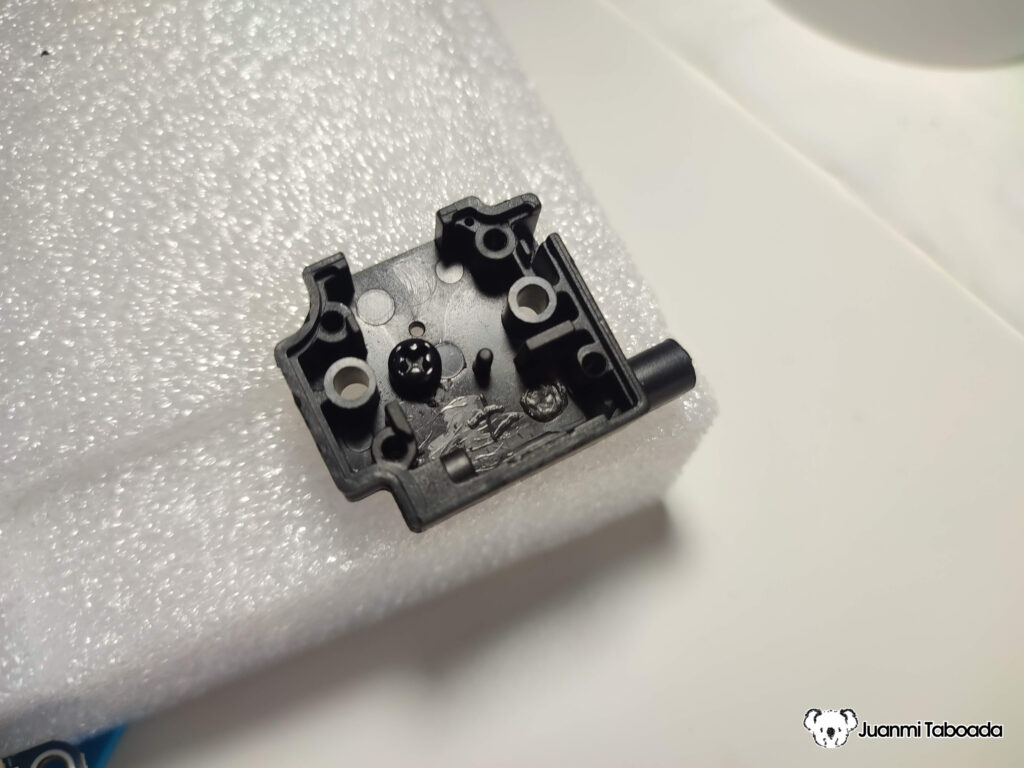
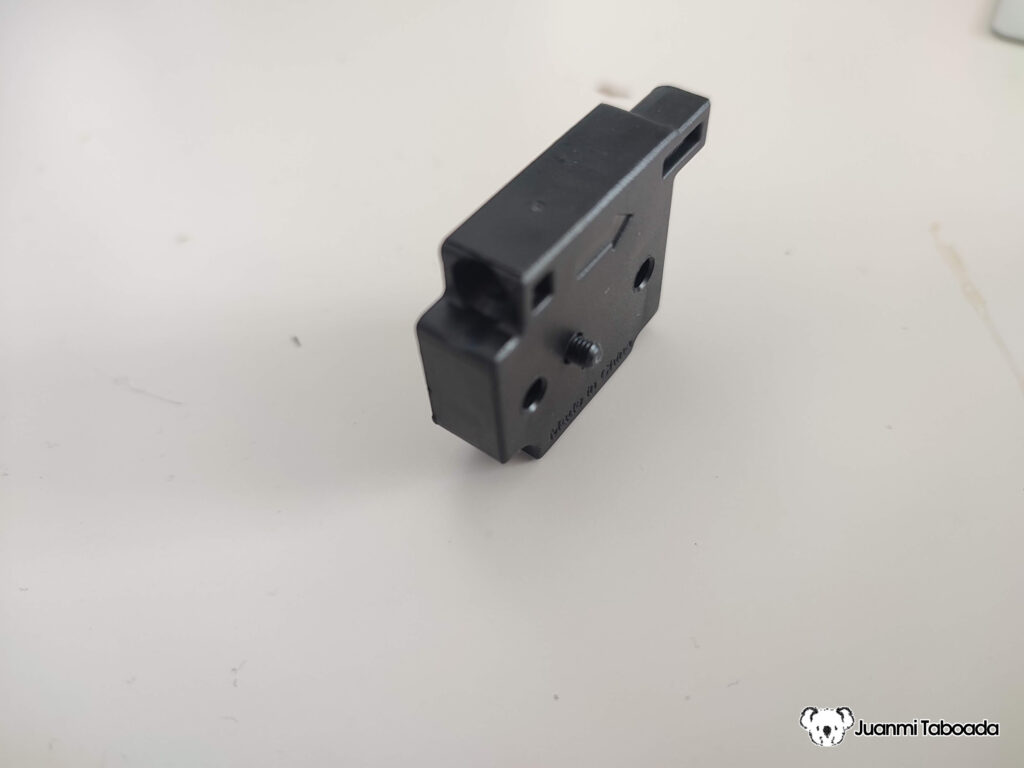
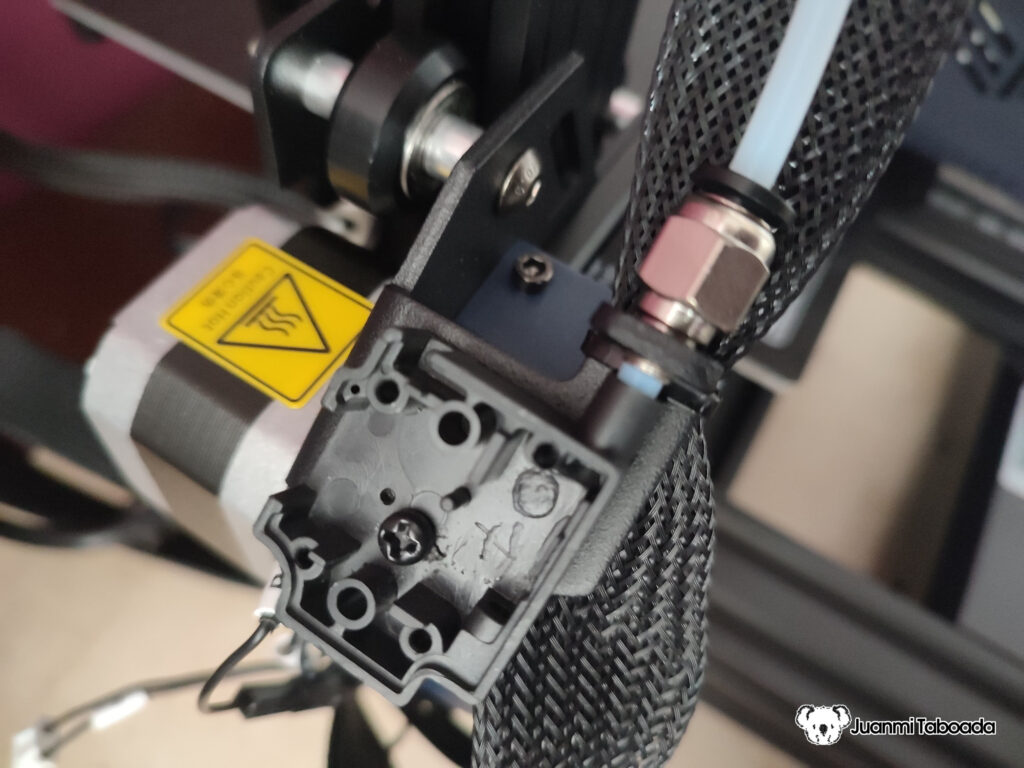
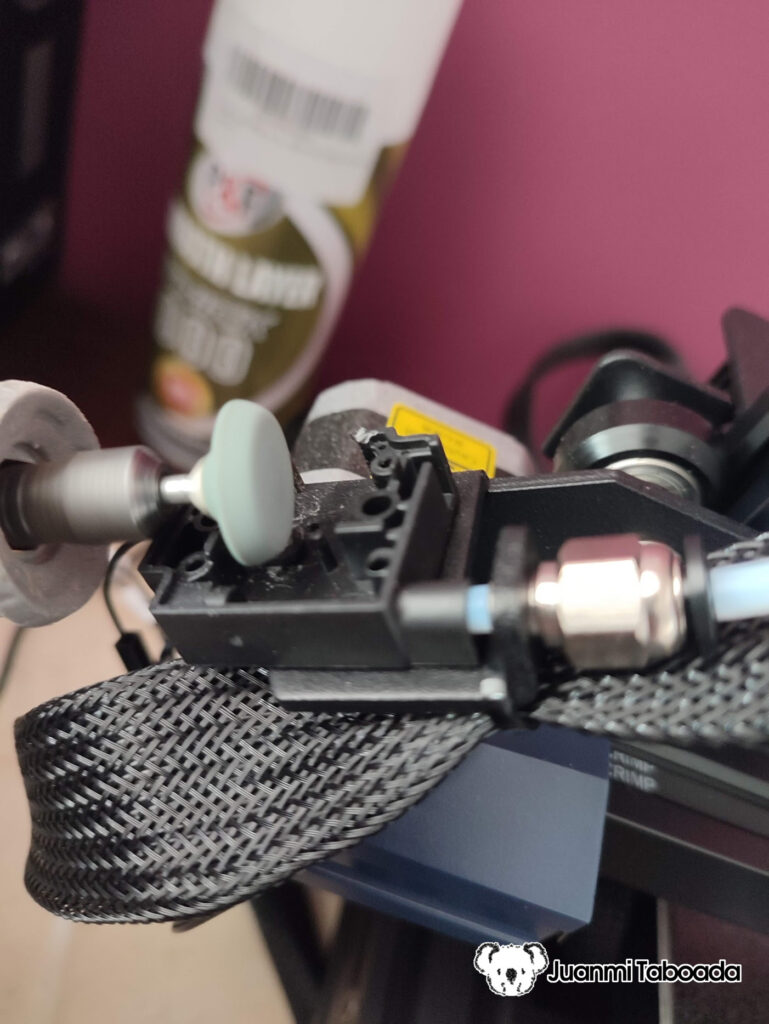
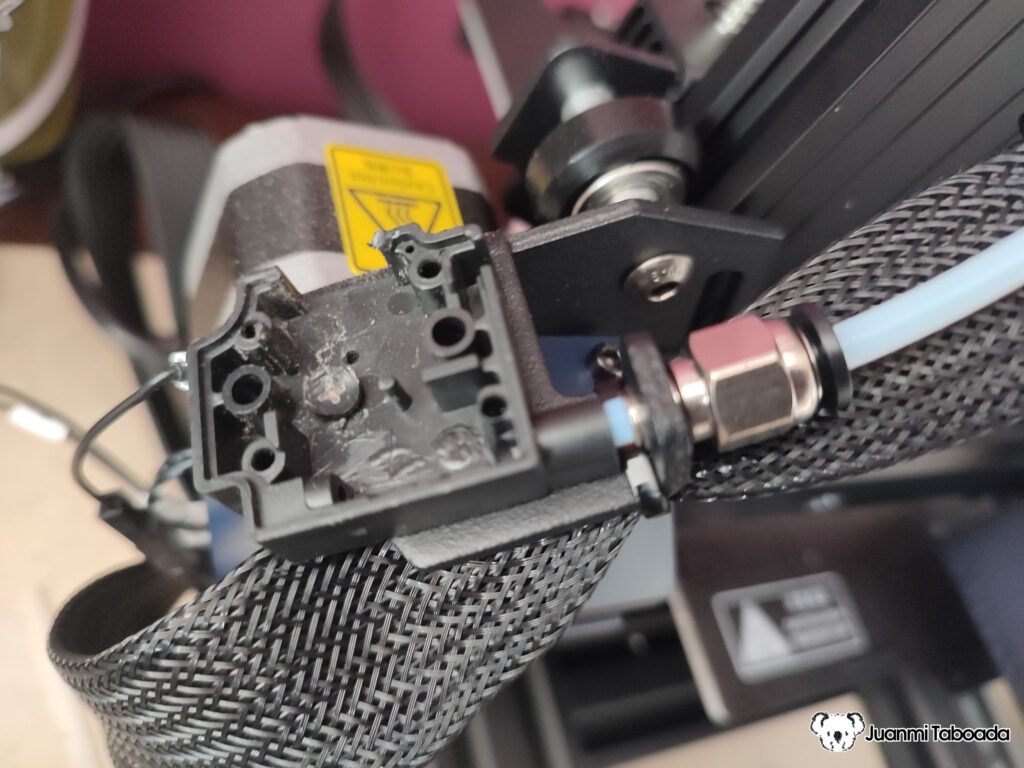
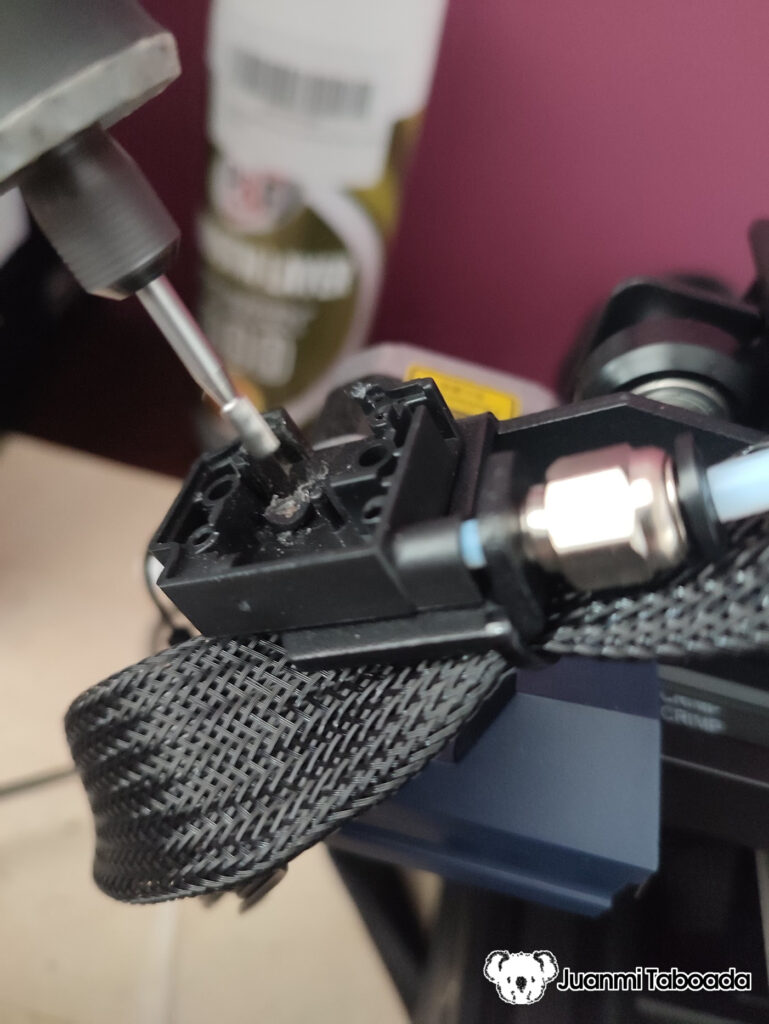
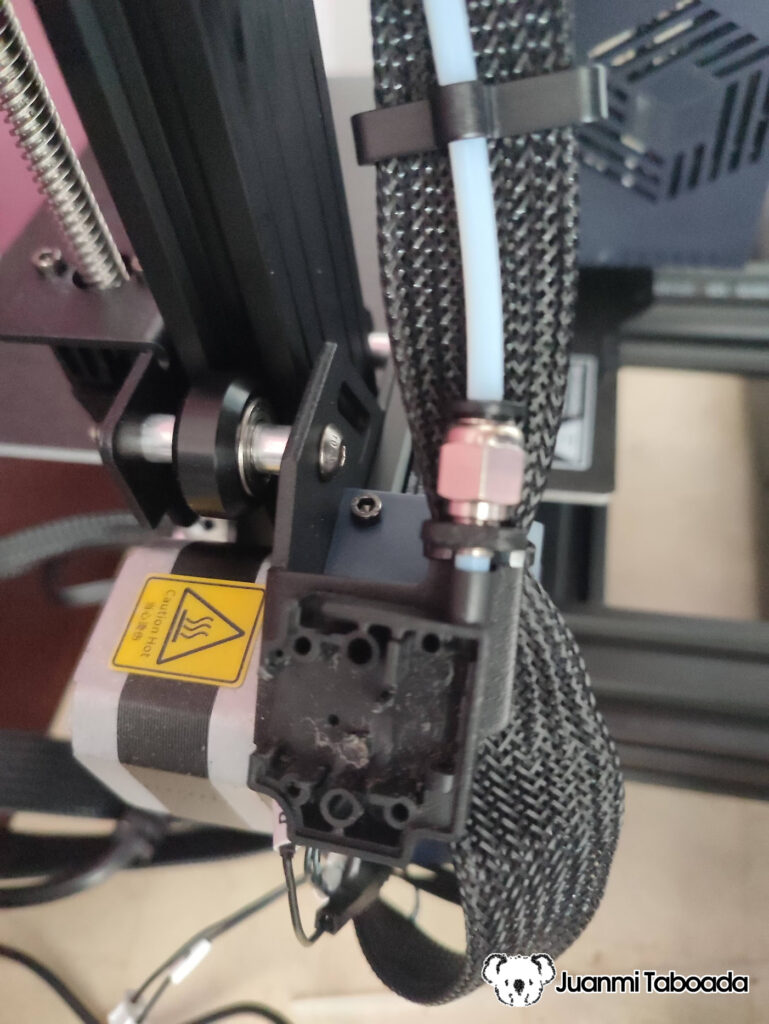
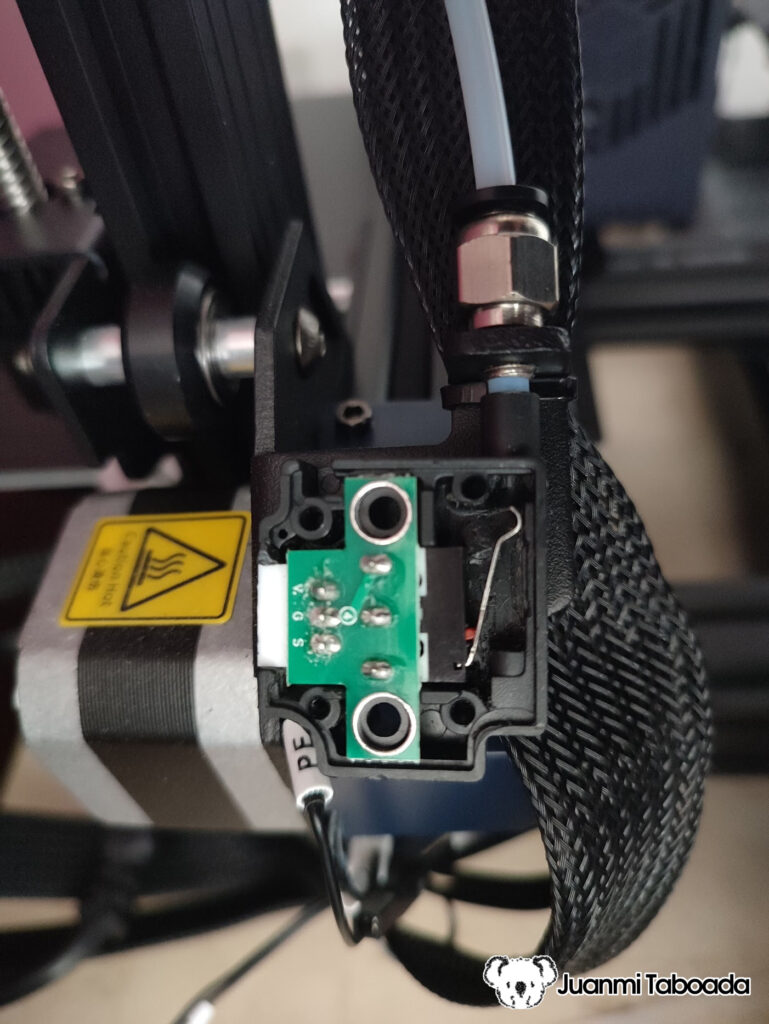
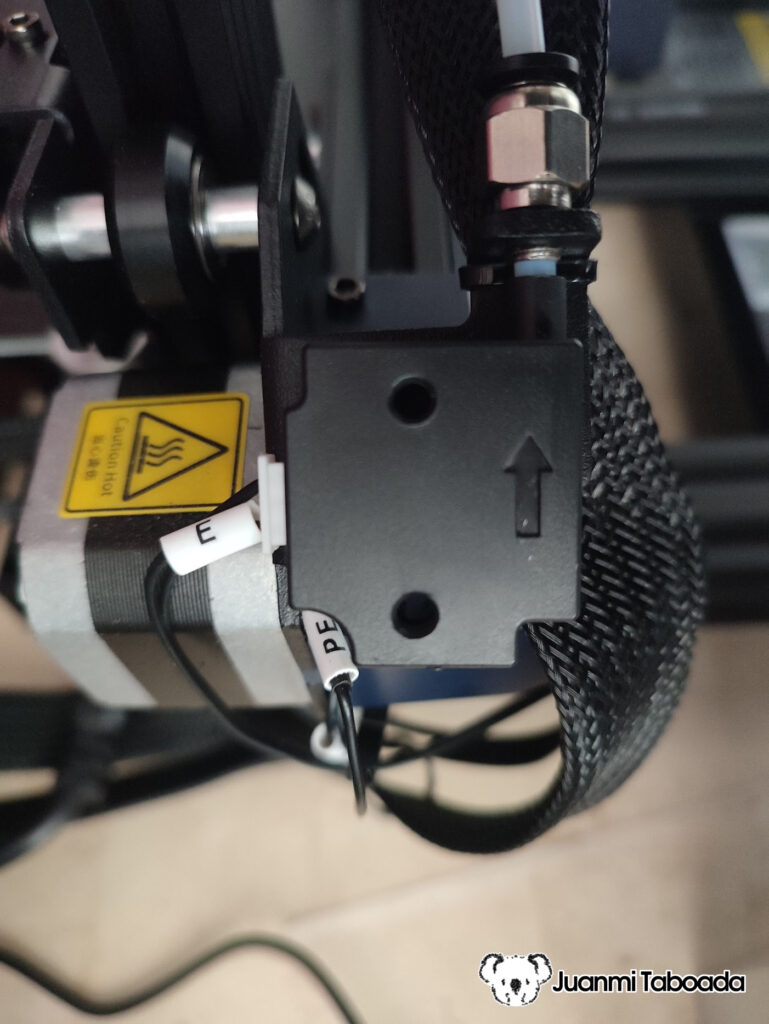
I even shouldn’t mention that if you have one of these printers, you should be sure:
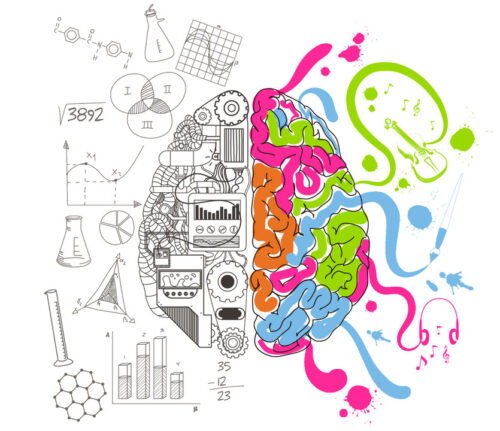
Precision vs. Creativity: Navigating the Landscape of AI Language Models in Problem-Solving In the ever-evolving landscape of AI language models, precision and creativity stand as...
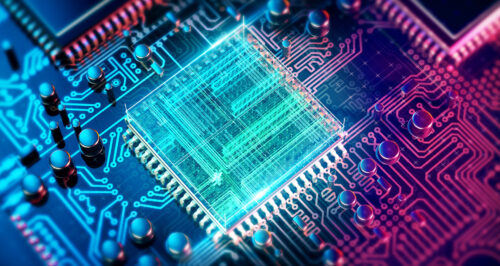
In my last post, “Finishing the frame for an Underwater ROV”, I gave all details about the design I used to build the frame for Alioli Underwater ROV. In this post, I...